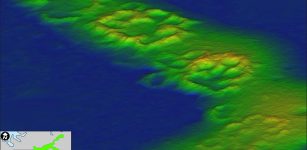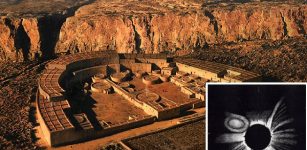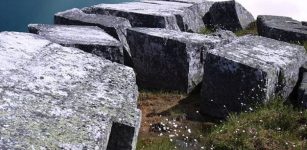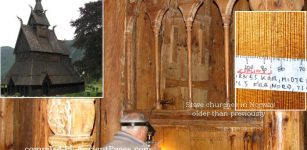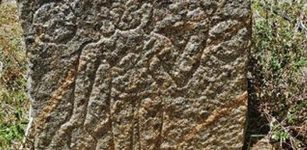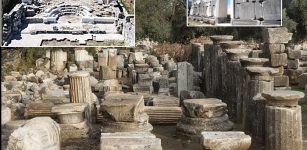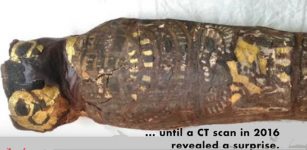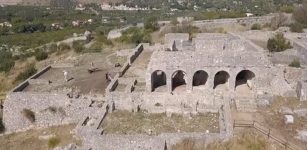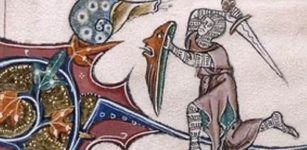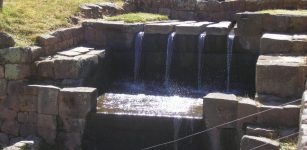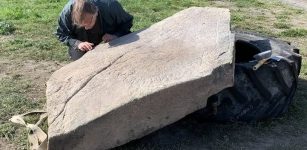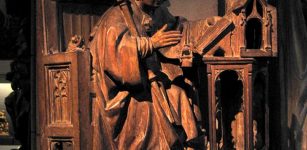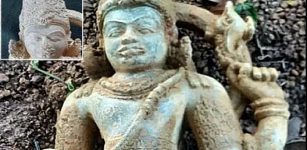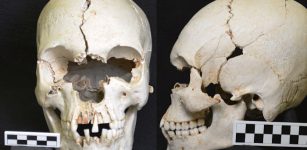Five Ancient Mirror Frames, Ceramics Factory Found In Intriguing Roman Villa In Pavlikeni, Bulgaria
AncientPages.com - A set of five Ancient Roman mirror frames have been unearthed in the ruins of an intriguing Roman villa that belonged to a Roman military veteran, and is located near the town Pavlikeni, in Central North Bulgaria.
The villa was also a ceramics production center, say archaeologists led by archaeologist Kalin Chakarov, curator at the archaeology section of the Pavlikeni Museum of History.
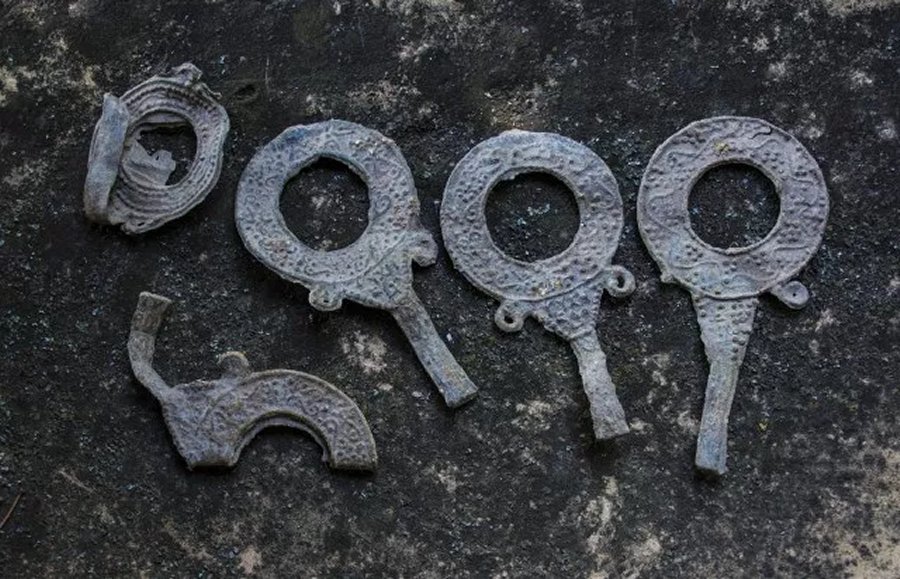
A total five lead frames from Ancient Roman mirrors have been discovered in a newly excavated 2nd-3rd century AD building near Bulgaria’s Pavlikeni. Photo: Archaeologist Kalin Chakarov
The Ancient Roman ceramics production center near Bulgaria’s Pavlikeni has an area of 139 decares (app. 34.3 acres).
The structure is dated to the end of the 1st century AD – the beginning of the 2nd century AD. It was destroyed in 170 AD by the Costoboci, then rebuilt, and ultimately abandoned for good after 235 AD, possibly because of the barbarian invasion by the Goths and Carpi in 238-239 AD.
The five ancient Roman frames of mirrors are made of lead. Along with other discovered artifacts during the 2017 Pavlikeni digs, are dated to the last decades of the 2nd century AD and the first decades of the 3rd century AD.
Three of the ancient mirrors are the same size and have the same decoration consisting of a stylized image of a krater (large wine vessel), with leaved vines coming out of it.
Each of the lead mirror frames had one round mirror glass in its middle. Four of the five mirrors were discovered together at the end of the archaeological excavations.
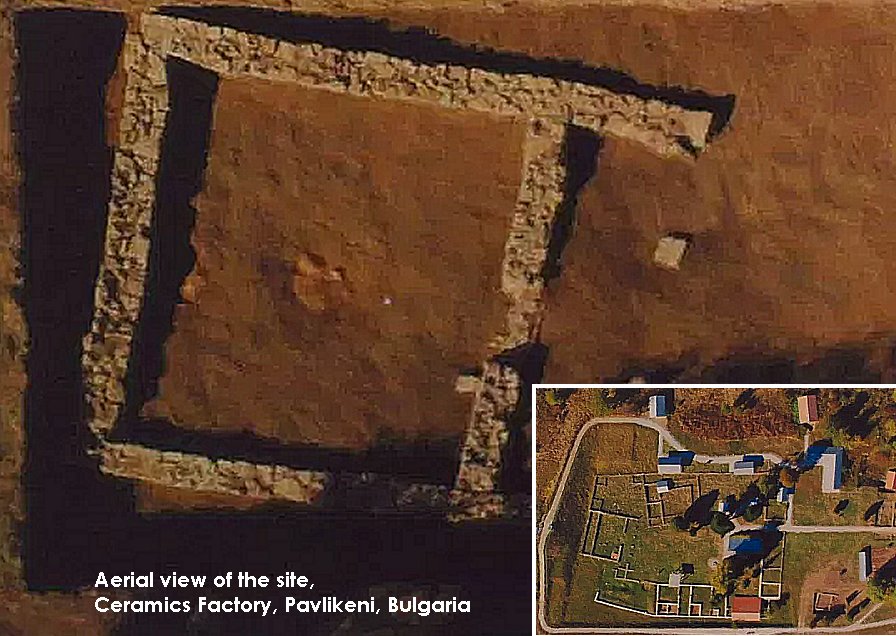
An aerial photo of the ruins of the newly researched building where the mirrors have been found. Photo: Archaeologist Iliyan Petrakiev
Interesting is that three of the mirrors have one and the same inscription in Ancient Greek, originally read as “ТYXH KAΛH”, translated as a good fate wish for their owner. Subsequently, however, the researchers have read the inscriptions differently.
“Some of the mirrors have inscriptions, reading, ΨΥΧΗ ΚΑΛΗ, not ТΥΧΗ ΚΑΛΗ, as I originally thought. That means a “good soul". Mirrors are generally discovered in shrines," lead archaeologist Chakarov told Archaeology in Bulgaria.com.
The discovery of the lead mirror frames has added a new hypothesis about the function of the building where they have been found, namely, that it might have been a temple of some kind. The initial hypothesis, which is still being considered, is that it was a residential building.
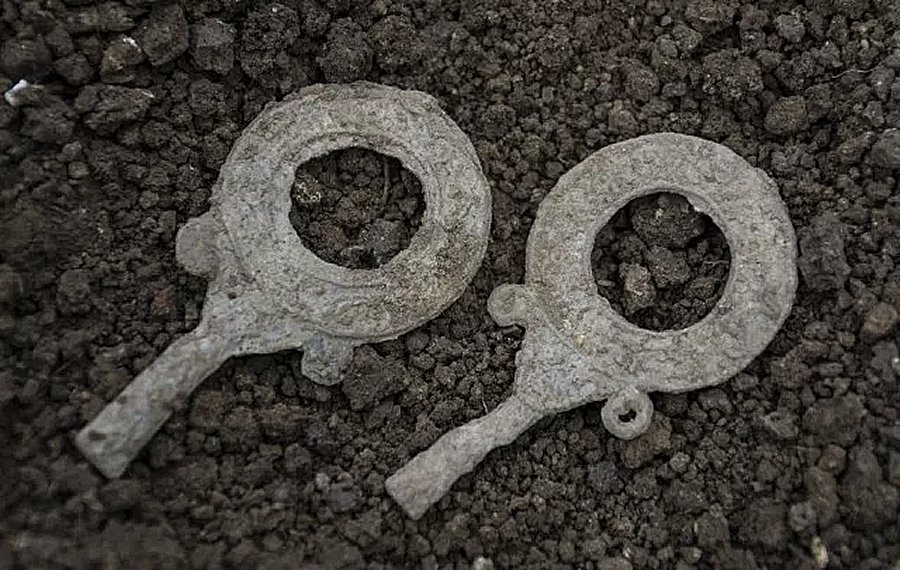
Three of the five Roman lead mirror frames have inscriptions in Greek, reading, “A good soul”, and are decorated with depictions of a krater with vines. Photos: Archaeologist Kalin Chakarov
“The find consisting of lead mirror frames points towards the possibility that the building in question might have been a temple. The earlier hypothesis that it was a residential venue still stands, though. A final hypothesis is yet to be decided upon after all discovered material has been processed," Chakarov explained.
See also:
Ancient Roman ‘Commander House’ Discovered In Rome
Fragments Of 50-Mile-Long Roman Aqueduct And Road In Cádiz, Spain Revealed By Storm
The ruins of the building include roof tiles and basalt which was extracted from a nearby extinct volcano known today as Chatal Tepe and the team has found that its inside was 5.65 meters wide and 6.35 meters long. Its entrance was from the east in order to avoid the western winds which still exist in the region. Before the entrance, there was an anteroom, or a vestibule, which was supported by wooden columns of which only the stone bases have survived.
Two hearths inside the building have also been discovered; one in the anteroom and another in the main room. The lead mirrors have been found at the inside hearth. A large number of pottery fragments and Roman coins have also been found, testifying to the fact that the building was in use at the end of the 2nd and the beginning of 3rd century AD.
Archaeologists believe that the building’s function was that it was the residential quarters of workers who served in the mansion of the Roman veteran. As already noted, however, the discovery of the lead frames from ancient mirrors indicates that it may have been a temple.
The archaeological team's work was supported by geophysical surveying which detected the existence of construction materials used on the site by the Ancient Romans.
Original story - here.
AncientPages.com

